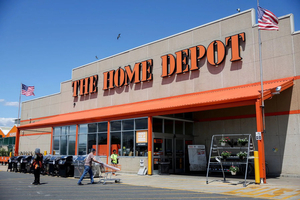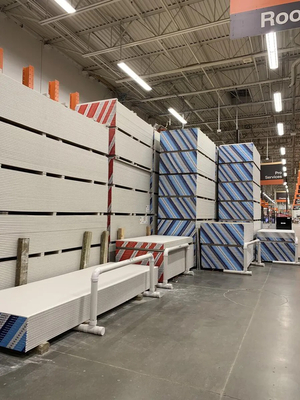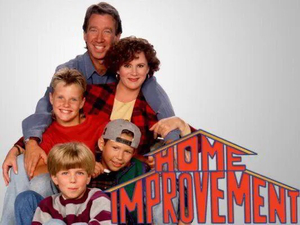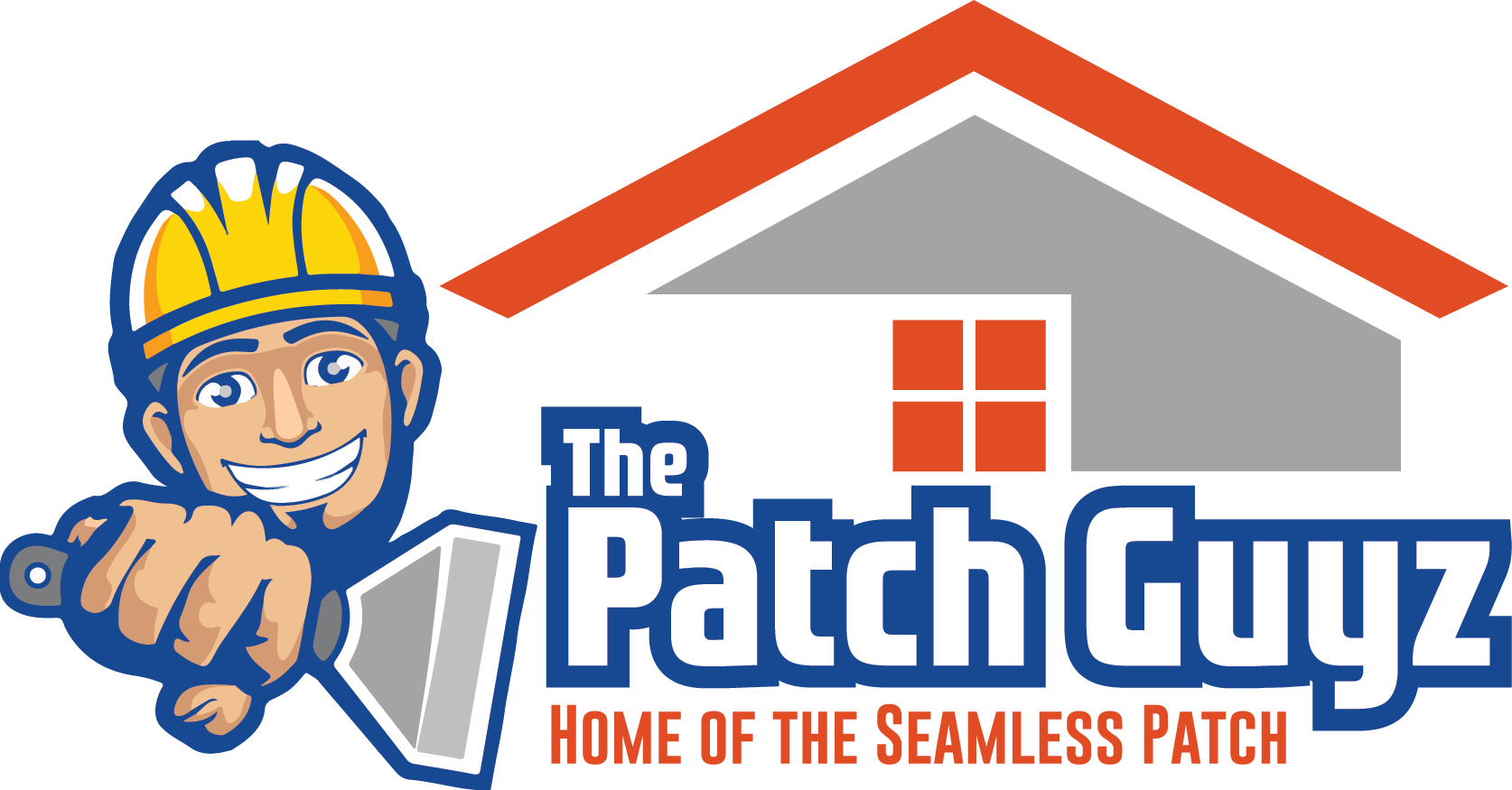Affordable water damage drywall repair is not just a necessity; it can be a daunting task that many homeowners face at some point. Did you know that water damage is one of the leading causes of home repair issues, potentially costing thousands of dollars if left unaddressed? Whether it's due to a leaky roof, a burst pipe, or even flooding, water damage can compromise not only the aesthetics of your home but also its structural integrity. Understanding how to effectively tackle such repairs can save you both time and money. In this blog post, we will explore practical solutions and strategies for affordable water damage drywall repair, ensuring that your home remains in top shape while fitting your budget.
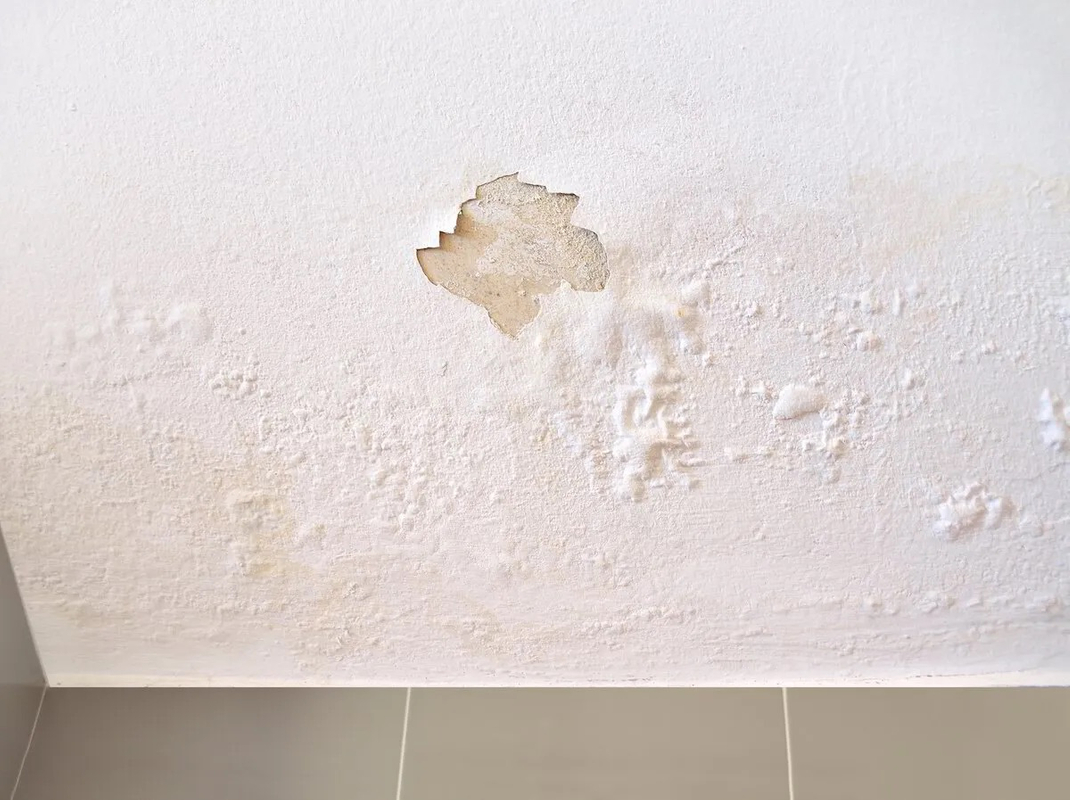
Affordable Water Damage Drywall Repair Solutions (1)
Understanding Water Damage and Its Impact on Drywall
Water damage can significantly compromise the structural integrity of your home, particularly when it involves drywall. This section explores common causes of water damage and the signs to look out for.
Common Causes of Water Damage
- Leaking Pipes: Over time, pipes can corrode or develop leaks, leading to water infiltration.
- Roof Leaks: Damaged shingles or flashing can allow rainwater to seep into your walls.
- Groundwater Issues: Heavy rainfall or poor drainage can lead to excess moisture seeping into your home.
- Flooding: Natural disasters can cause sudden, severe water damage requiring immediate repair.
Signs of Water Damage in Drywall
- Discoloration: Yellow or brown stains on your drywall may indicate water damage.
- Bubbling or Peeling Paint: These signs often indicate that moisture is trapped beneath the surface.
- Soft or Crumbling Drywall: When drywall feels mushy or disintegrates, it's a clear sign of severe water damage.
- Mold Growth: Mold can proliferate in damp areas; if you spot it, your drywall may have sustained water damage.
Why Choose Affordable Water Damage Drywall Repair?
Choosing affordable water damage drywall repair solutions is essential for homeowners facing unexpected expenses. Here's why:
Cost-Effectiveness and Savings
- Budget-Friendly Options: Affordable repair methods ensure you don't break the bank while restoring your home.
- Preventing Further Damage: Addressing water damage promptly can prevent more extensive repairs, ultimately saving you money.
Importance of Timely Repairs
- Health Hazards: Prolonged water damage can lead to mold growth, which poses significant health risks.
- Structural Risks: Ignoring water damage can weaken your home's structure over time, leading to costly repairs.
For more guidance on water damage and home repair, visit the Home Depot's Water Damage Guide.
Affordable Water Damage Drywall Repair Methods
When faced with water damage, knowing the most effective and affordable repair methods can make a significant difference. This section outlines how to assess the damage and when it's best to seek professional assistance.
Assessing the Damage
- Inspect the Area: Begin by thoroughly checking the affected drywall for any visible signs of water damage, including staining and swelling.
- Check for Mold: Examine for any signs of mold growth, which requires immediate attention as it can pose health risks.
- Determine Severity: For minor damage, you may be able to undertake repairs yourself, but extensive damage might necessitate professional help.
DIY Repair Options
If you are confident and the damage is manageable, here are some affordable solutions to consider:
- Drying Out Wet Drywall: Use fans and dehumidifiers to thoroughly dry the affected area before proceeding with repairs.
- Patch Small Holes: For small holes caused by water damage, you can use a patching compound. Apply it directly to the hole and sand it down once dry.
- Replace Severely Damaged Sections: For larger areas, cut out the water-damaged drywall and replace it with new drywall. Secure the new piece with screws and tape the seams.
When to Call a Professional While DIY
Methods can be efficient, some situations require professional expertise:
- Extensive Damage: If the damage covers a large area or involves structural issues, hiring a reputable contractor is prudent.
- Underlying Problems: Professionals can identify and address the source of water damage, ensuring it does not recur.
Choosing affordable water damage drywall repair not only saves you money but also preserves the safety and integrity of your home. For expert advice and supplies, consider checking out Lowe's Drywall Repair.
Materials and Tools Needed for Drywall Repair
When undertaking affordable water damage drywall repair, having the right materials and tools is crucial for ensuring a successful restoration. This section details the essential items you'll need for an effective repair process.
Essential Tools for Quick Repairs
To perform drywall repairs efficiently, consider acquiring the following tools:
- Drywall Knife: Perfect for applying joint compound and cutting the drywall.
- Utility Knife: Ideal for scoring and cutting drywall sheets cleanly.
- Tape Measure: To measure damaged areas accurately, ensuring proper fit for repairs.
- T-Square: Helps in making precise cuts when installing new drywall.
- Screw Gun or Drill: Necessary for securing drywall to studs.
Affordable Materials for Drywall Projects
Choosing the right materials not only affects the quality of your repairs but also your overall costs.
Here are key materials needed for affordable water damage drywall repair:
- Drywall Sheets: Standard 1/2-inch or 5/8-inch panels depending on the area of installation.
- Joint Compound: Used for taping, finishing, and smoothing over seams between drywall sheets.
- Drywall Tape: Helps reinforce joints and prevents cracking.
- Primer and Paint: Essential for finishing the repair and matching the wall's existing color.
By equipping yourself with the right tools and materials, you can ensure that your affordable water damage drywall repair is not only budget-friendly but also effective and enduring. For more information and purchasing options, you can visit Home Depot's Drywall Section.
Step-by-Step Guide to DIY Water Damage Drywall Repair
Repairing drywall affected by water damage can seem daunting, but with the right approach, it's entirely manageable. This section provides an easy-to-follow, step-by-step guide to help you perform affordable water damage drywall repair on your own.
Preparing the Area
- Safety First: Before starting, ensure the area is dry and wear protective gear such as gloves and a mask.
- Clear the Space: Remove furniture and belongings from the repair area to avoid damage and allow for easier access.
- Assess Damage: Identify the extent of the water damage and determine if it requires partial or full replacement of drywall.
Drying Out Wet Drywall
- Ventilate the Area: Use fans and dehumidifiers to eliminate moisture from the damaged drywall. This step is crucial for preventing mold growth.
- Wait for Drying: Allow the area to dry completely, which may take a few days depending on humidity levels.
Cutting and Installing New Drywall
- Cut Out Damaged Section: Use a utility knife to cut out the affected drywall, ensuring clean edges for the new piece.
- Measure and Fit New Drywall: Measure the replacement piece and cut it to fit the opening.
- Install New Drywall: Secure it in place using drywall screws or nails, ensuring it's level with existing drywall.
Taping, Mudding, and Sanding
- Apply Drywall Tape: Cover the seams with drywall tape, ensuring a smooth transition between the old and new drywall.
- Use Joint Compound: Spread joint compound over the tape and seams with a drywall knife for a seamless look. Allow it to dry.
- Sand the Surface: Once dry, sand the area for a smooth finish. Repeat the application of joint compound and sanding as needed for the best results.
Painting and Finishing Touches
- Prime the New Section: Before painting, apply a primer to help the paint adhere properly.
- Choose the Right Paint: Select a paint that matches your existing walls for a flawless appearance.
- Final Evaluation: Check for any imperfections and re-sand or touch up as necessary.
By following these steps, you can effectively carry out affordable water damage drywall repair and restore the integrity of your walls. For more detailed instructions and supplies, visit Lowe's Drywall Repair Guide.
Avoiding Future Water Damage in Drywall
Taking preventive measures can save you from costly repairs and headaches due to water damage in the future. Below are practical tips for avoiding water damage in drywall, ensuring your home remains safe and sound.
Regular Maintenance Tips
- Inspect Pipes Regularly: Look for signs of leaks or corrosion in your plumbing system. Tighten any loose fittings and replace worn-out hoses.
- Check Roofs and Gutters: Regularly inspect your roof for damaged shingles and ensure gutters are clear of debris to facilitate proper drainage.
- Monitor Humidity Levels: Use dehumidifiers in areas prone to moisture, such as basements and bathrooms, to keep humidity levels in check.
- Seal Windows and Doors: Check seals around windows and doors to prevent leaks during rain or snow. Replace any damaged weather stripping.
Waterproofing Strategies
- Use Water-Resistant Materials: In areas vulnerable to moisture (like bathrooms and kitchens), consider using water-resistant drywall or special coatings.
- Improve Drainage Systems: Ensure that the landscaping and drainage systems around your home redirect water away from the foundation.
- Install Sump Pumps: If you live in a flood-prone area, consider installing a sump pump in your basement to prevent water buildup.
By implementing these strategies, you can significantly reduce the risk of water damage and the need for extensive and costly repairs. Ensuring a proactive approach leads to more effective and affordable water damage drywall repair in the long run. For more detailed prevention tips, visit The Home Depot's Prevention Guide.
Conclusion: Making Informed Choices for Affordable Repairs
In summary, taking action against water damage promptly and effectively is critical for preserving the integrity of your home. Affordable water damage drywall repair not only helps you save money but also mitigates potential health risks and structural issues.
Balancing Cost and Quality
- Evaluate Repair Options: Weigh the pros and cons of DIY repairs vs. hiring professionals. Sometimes, investing a bit more for expert help can prevent bigger costs down the road.
- Research Material Costs: Affordable repairs begin with knowing the right materials to use and how they fit into your budget.
- Consider Long-Term Solutions: Invest in quality repair methods that may come with a higher initial cost but will be more durable, ultimately saving you money over time.
Summary of Key Takeaways
- Identify and Address Water Damage ASAP: The sooner you can tackle water damage, the better your outcomes will be.
- Use Quality Materials and Equipment: Don’t skimp on the essential tools and materials for effective repairs.
- Stay Proactive: Regular maintenance and preventive measures can avert future water damage.
By following these guidelines, you stand a better chance of ensuring your home remains in great condition. For further insights into home improvement and repair, consider visiting Home Depot's DIY Resources.
Resources for Further Assistance and Information
When it comes to affordable water damage drywall repair, having access to reliable resources can make all the difference. This section highlights valuable sources where you can find additional information, guidance, and professional support.
Online Tutorials and Guides
- YouTube Channels: Many DIY experts and home improvement channels offer step-by- step video tutorials on drywall repair and maintenance. Search for channels dedicated to home improvement to learn visually.
- DIY Websites: Platforms like This Old House provide comprehensive guides on repairing and maintaining drywall, as well as tackling water damage.
Professional Services
- Local Contractors: For extensive damage or if you prefer not to DIY, searching for reputable drywall repair contractors in your area can lead to quality results. Look for those that specialize in water damage repairs.
- Home Improvement Stores: Many large retailers like Lowe's offer professional services and consultations on drywall repair, along with selling necessary materials.
Community Forums and Groups
Home Improvement Forums: Online communities like Reddit’s r/HomeImprovement are helpful for acquiring tips and insights from other homeowners who’ve navigated water damage repairs.
Facebook Groups: Join local or DIY-focused groups to seek advice and share experiences with other homeowners facing similar challenges.
By utilizing these resources, you can enhance your knowledge and skills when tackling affordable water damage drywall repair, making your home a safer and more comfortable place. Remember, being informed and prepared is key to effective home maintenance.
What are the common causes of water damage in drywall?
Water damage in drywall typically occurs due to leaking pipes, roof leaks, natural disasters such as flooding, or high humidity levels. These issues can lead to moisture seeping into the drywall, resulting in mold growth, discoloration, and weakening of the material.
Can I do my own water damage drywall repair?
Yes, many homeowners choose to perform their own water damage drywall repair, especially for minor issues. With the right tools, materials, and guidance, you can effectively address smaller patches or sections of damaged drywall. However, if the damage is extensive or involves structural elements, hiring a professional is advisable.
How can I prevent water damage in my home?
To prevent water damage, regularly inspect plumbing, roofs, and gutters. Utilize dehumidifiers in moisture-prone areas, seal windows and doors effectively, and ensure proper drainage around your home’s foundation. Taking proactive measures can save you from future repair costs.
How long does it take for drywall to dry after water damage?
The drying time for drywall after water damage varies depending on factors like humidity and airflow. Generally, it can take anywhere from a few days to over a week for drywall to dry completely. Using fans and dehumidifiers can help expedite the drying process.
Is water-damaged drywall safe to repair?
Repairing water-damaged drywall is generally safe if the damage is not severe and has been properly dried. However, if there's visible mold growth or structural issues, it’s best to consult a professional. Taking safety precautions and ensuring the area is dry can mitigate health risks associated with mold and moisture.
